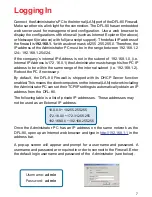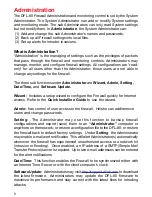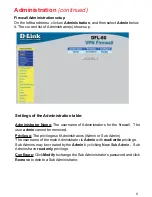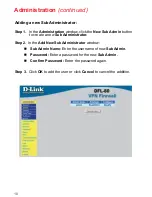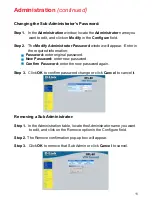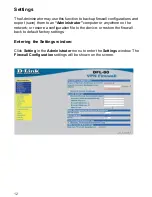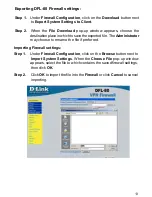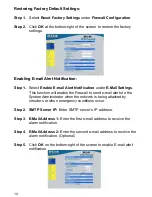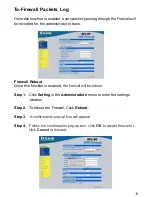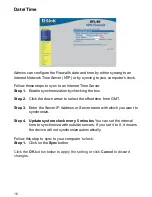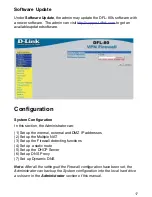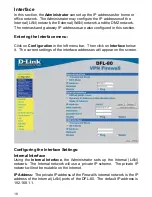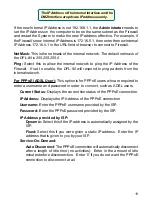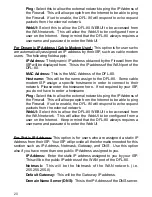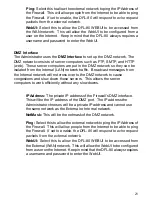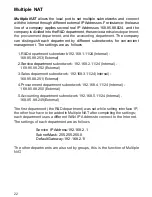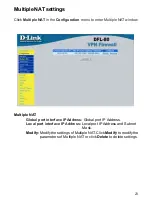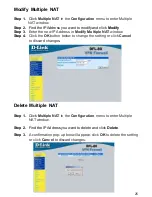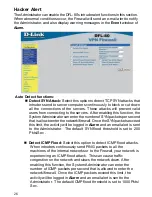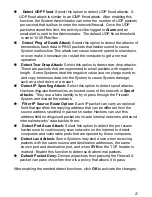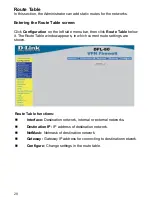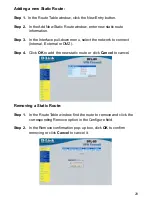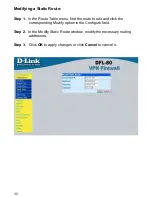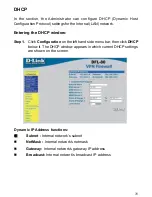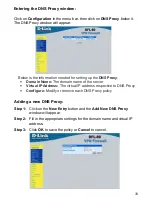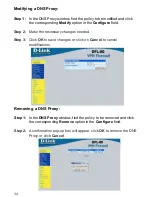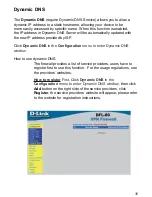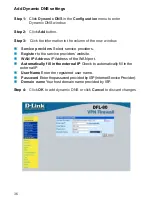
21
Ping:
Select this to allow the external network to ping the IP Address of
the Firewall. This will allow people from the Internet to be able to ping
the Firewall.
If set to enable, the DFL-80 will respond to echo request
packets from the external network.
WebUI:
Select this to allow the DFL-80 WEBUI to be accessed from
the WAN network. This will allow the WebUI to be configured from a
user on the Internet. Keep in mind that the DFL-80 always requires a
username and password to enter the WebUI.
DMZ Interface
The Administrator uses the
DMZ Interface
to set up the DMZ network. The
DMZ network consists of server computers such as FTP, SMTP, and HTTP
(web). These server computers are put in the DMZ network so they can be
isolated from the Internal (LAN) network traffic. Broadcast messages from
the Internal network will not cross over to the DMZ network to cause
congestions and slow down these servers. This allows the server
computers to work efficiently without any slowdowns.
IP Address:
The private IP address of the Firewall’s DMZ interface.
This will be the IP address of the DMZ port. The IP address the
Administrator chooses will be a private IP address and cannot use
the same network as the External or Internal network.
NetMask:
This will be the netmask of the DMZ network.
Ping:
Select this to allow the external network to ping the IP Address of
the Firewall. This will allow people from the Internet to be able to ping
the Firewall.
If set to enable, the DFL-80 will respond to echo request
packets from the external network.
WebUI:
Select this to allow the DFL-80 WEBUI to be accessed from
the External (WAN) network. This will allow the WebUI to be configured
from a user on the Internet. Keep in mind that the DFL-80 always requires
a username and password to enter the WebUI.

